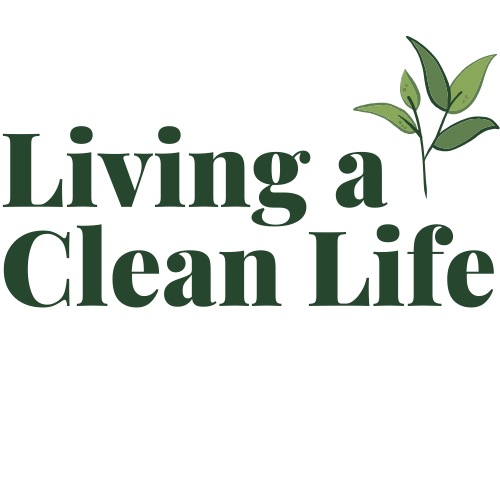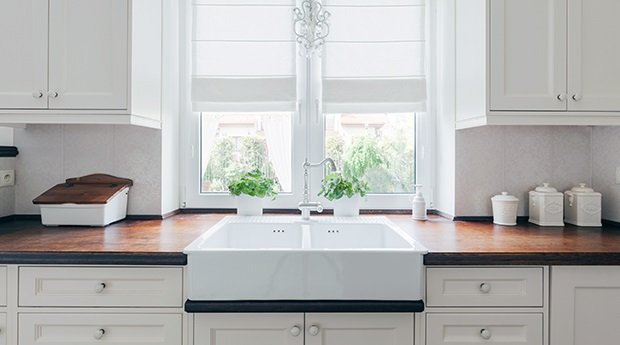Disclosure: We are reader-supported. If you buy through links on our site, we may earn a small commission. Learn more.
The kitchen is where my family seems to spend a lot of time, so it was important for me to make sure there were no toxic items lurking in my kitchen.
Reduce or eliminate plastic
The first thing I would do in your kitchen is try to reduce the amount of plastic you are using. It is so hard to avoid plastic, it is everywhere. There is plastic in our clothes, food packaging, containers, toys, and unfortunately, plastic is loaded with toxic chemicals.
Dangerous chemicals in plastic
- phthalates which are endocrine disruptors and linked to reproductive malformations in baby boys, reduced fertility, developmental disorders, asthma, and increased allergic reactions.
- BPA and BPA Substitutes- The most famous toxic chemical in plastic is Bisphenol-A (BPA), which is a hormone disruptor and has been linked to many health problems. The FDA has banned the use of BPA in baby bottles and children’s sippy cups in 2012, but is it still found in many other plastics. Now research is showing that BPA alternatives like BPS (another chemical in the Bisphenol family, may be toxic as well, showing some of the same hormone disrupting effects as BPA.
Studies show that plastics leech synthetic estrogen mimickers into the food or liquids stored inside them, which are linked to cancer, infertility, heart disease, and other health problems.
BPA- Can be found in plastic bottles, canned foods, soda cans, plastic and paper cups, plastic food storage, plates, utensils, and cups, plastic wrap.
Heat and plastic do not mix
When possible avoid microwaving food or liquids in plastic containers and washing plastic in a dishwasher, high heat allows plastic to leech chemicals faster.
Glass or silicone food storage
Glass food containers are a great alternative. We also use glass jars for storing pantry items. If you are worried about glass breaking, Norwex makes great silicone food storage containers.


Detox your kitchen: Plastic wrap
Most conventional plastic wrap is made with low-density polyethylene, which is thought to contain the endocrine disrupting chemical diethylhexyl adipate. The good news is, there are plenty of safe and eco friendly alternatives. Some good options are silicone lids, bakeware lids, and food huggers which all come in a variety of sizes. You can also use bee's wax paper.
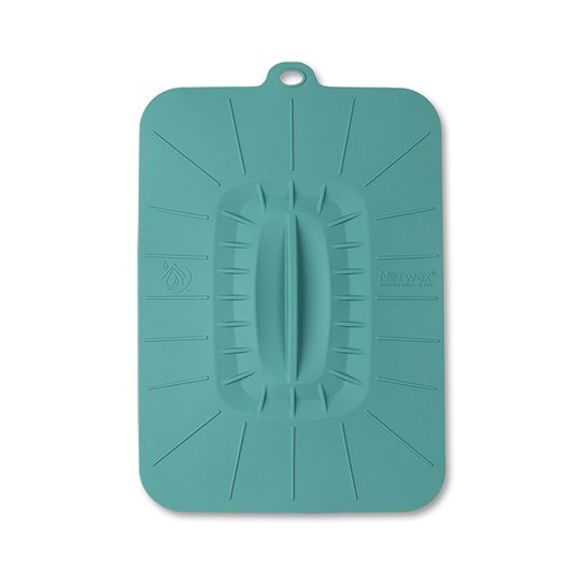


Plates and cups
When you have young kids, glass/eramic cups and plates are not going to work. We have used these plates and cups made from wheat straw, which are lightweight, unbreakable, degradable, microwave and dishwasher safe, and BPA free.


Stasher bags
We do our best to avoid using zip lock bags. We use and love these silicone stasher bags. They are perfect for storing sandwiches or any other snack items.

Glass or stainless steel water bottles
Swap out your plastic reusable water bottles with a stainless steel or glass option. A few of my favorite water bottles are swell water bottles, this Goop glass water bottle, and the Larq self-cleaning bottle. I got the Larq self-cleaning bottle to be sure I am getting filtered water while out an about or traveling. It’s reusable, rechargeable, and self-cleaning. It uses a digital UV-C LED light that purifies the water every two hours, or whenever you press the button.
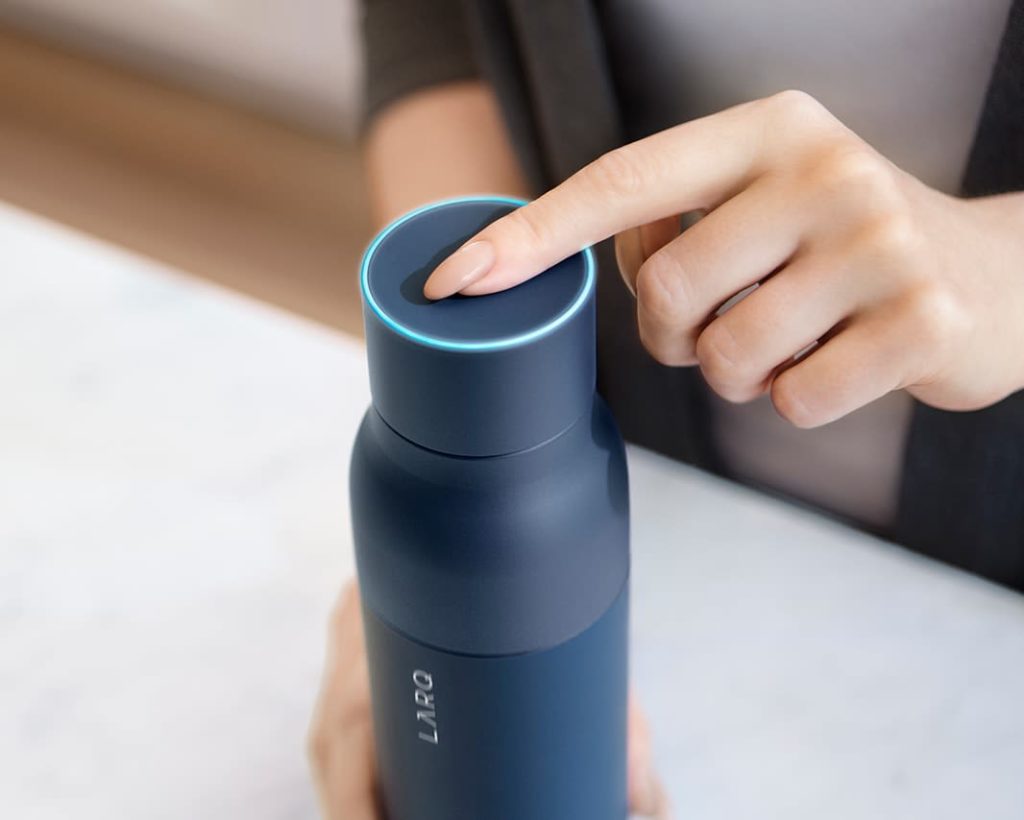

Single use water bottles
We personally do our best to avoid using single use plastic water bottles. If there are times you need to use single use plastic water bottles, the best for your health is Fiji (recycle code #1).

Cooking utensils
Ditch the plastic cooking utensils and try these bamboo utensils. These are an easy swap for safer products on your journey to detox your kitchen.

Reusable grocery bags and produce bags
We bring our own reusable grocery bags and produce bags with us to the grocery store. At MOM's Organic Market, they sell them for $1 in the check out line.
Norwex also has a nice reusable grocery bags, they are strong, made with food-grade material and 80% recycled material and has their Baclock antibacterial agent which inhibits bacterial odor, and mold and mildew growth
Norwex also has great reusable produce bags. Single use plastic produce bags not only add to the landfill, even worse, they often contain harmful chemicals like BPA, phthalates and other plasticizers that can leach into your food.
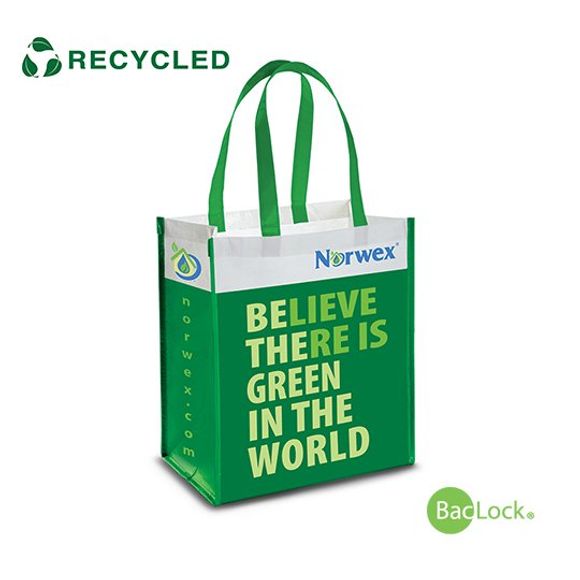
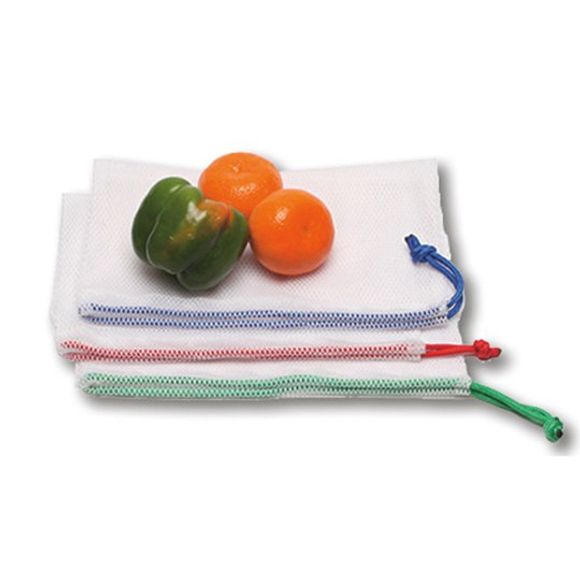
Cookware to avoid
Teflon and non-stick coated cookware that contain PFAS, lead, and cadmium. When they start to chip or get scratched, the lead and cadmium ends up in your food.
Cast iron- I used a cast iron grill for years- thinking it was a safer alternative to non-stick pans. It turns out, it leaches the toxic heavy metal iron into your food. Iron that comes from plants is viable for the body, metal iron is not and is considered a toxic heavy metal.
Aluminum- again a toxic heavy metal that leeches on food. We had an aluminum pizza pan for many years. I recently bought a pizza stone.
Copper cookware- toxic heavy metal that will leech on your food.


The best cookware and bakeware
Want to detox your kitchen? Try to find ceramic or ceramic coated cookware. If you are looking for ceramic coater, make sure they do not contain lead, cadmium, and PFAS.
Greeenlife ceramic cookware and bakeware is a great option. Another one we use is DaTerra Cucina Ceramic cookware.


Cutting board
We replaced our wooden and plastic cutting boards with the Norwex cutting board which is made of rice husks.
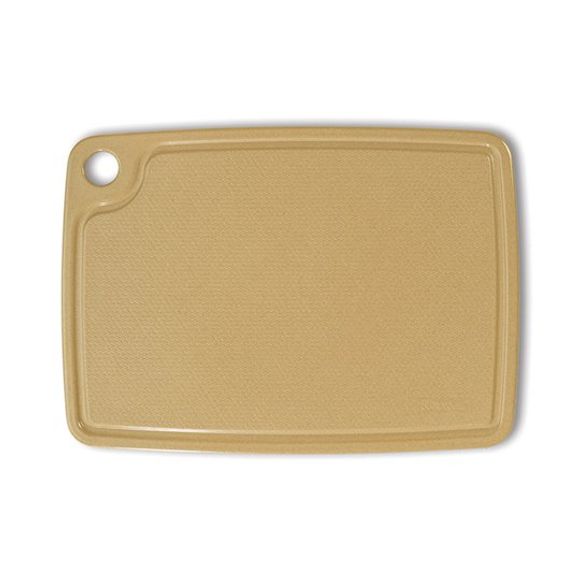
Kitchen Detox with disposable dinnerware
If you are going to use disposable dinnerware, try to avoid using plastic. There are some great non-plastic/eco-friendly options out there. Just look for products that are plant based, compostable, biodegradable, or made from bamboo.
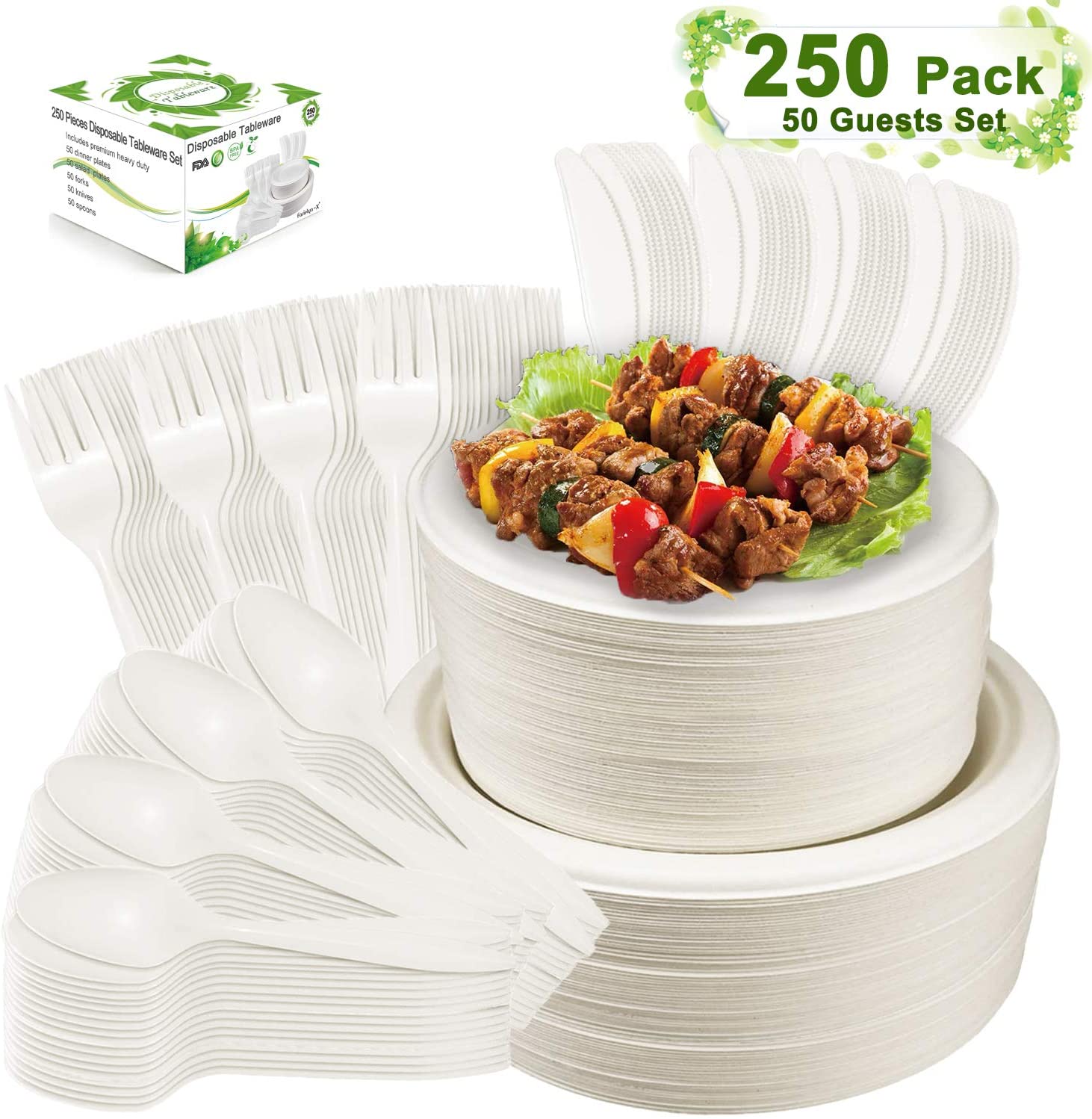
Paper products
Most paper products in the US including coffee filters and paper towels are bleached with chlorine gas or chlorine derivatives - chemicals known to create dioxins during manufacturing. Dioxins exposure is linked to impairment of the immune system, nervous system, endocrine system and reproductive functions.
Paper towels
The U.S. uses 13 billion pounds of paper towels in just one year!!! Break that down and it is 3,000 tons of paper towels every day! Day in and day out, every single day! One ton of paper towels = 17 trees and 20,000 gallons of water consumed. Using that math 3,000 tons = 51,000 trees and 60 million gallons of water. For what, for the convenience of these single use, throw away products that could so easily be replaced by a reusable cloth.
We try our best to keep our paper towel use to a minimum. We keep a Norwex kitchen cloth close to the sink to dry our hands and dishes. We use a Norwex Envirocloth or Envirosponge to clean up spills and wipe down counters, and we use reusable napkins with meals. We do our best, but we still use paper towels on occasion. For those times that you need to use a paper towel, try to use one that is more environmentally friendly.

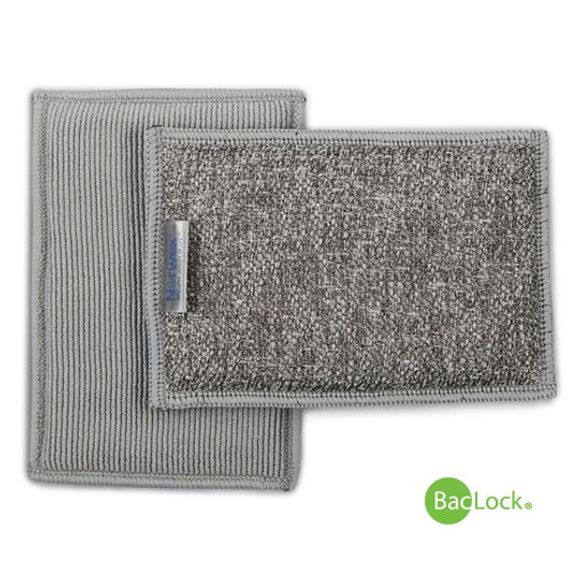
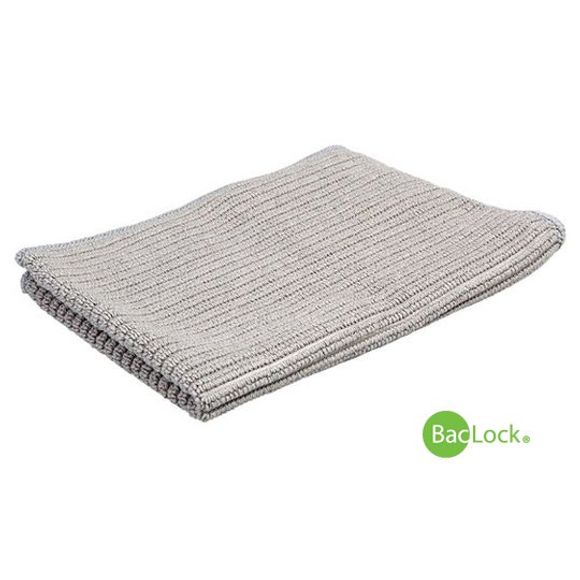

Seventh Generation 100% recycled Paper towels- Whitened without chlorine bleach- No added dyes, inks, or fragrances. If every household in the U.S. replaced one 6-pack of 140-sheet virgin fiber paper towels with this product, we could help save over 2,900,000 trees.
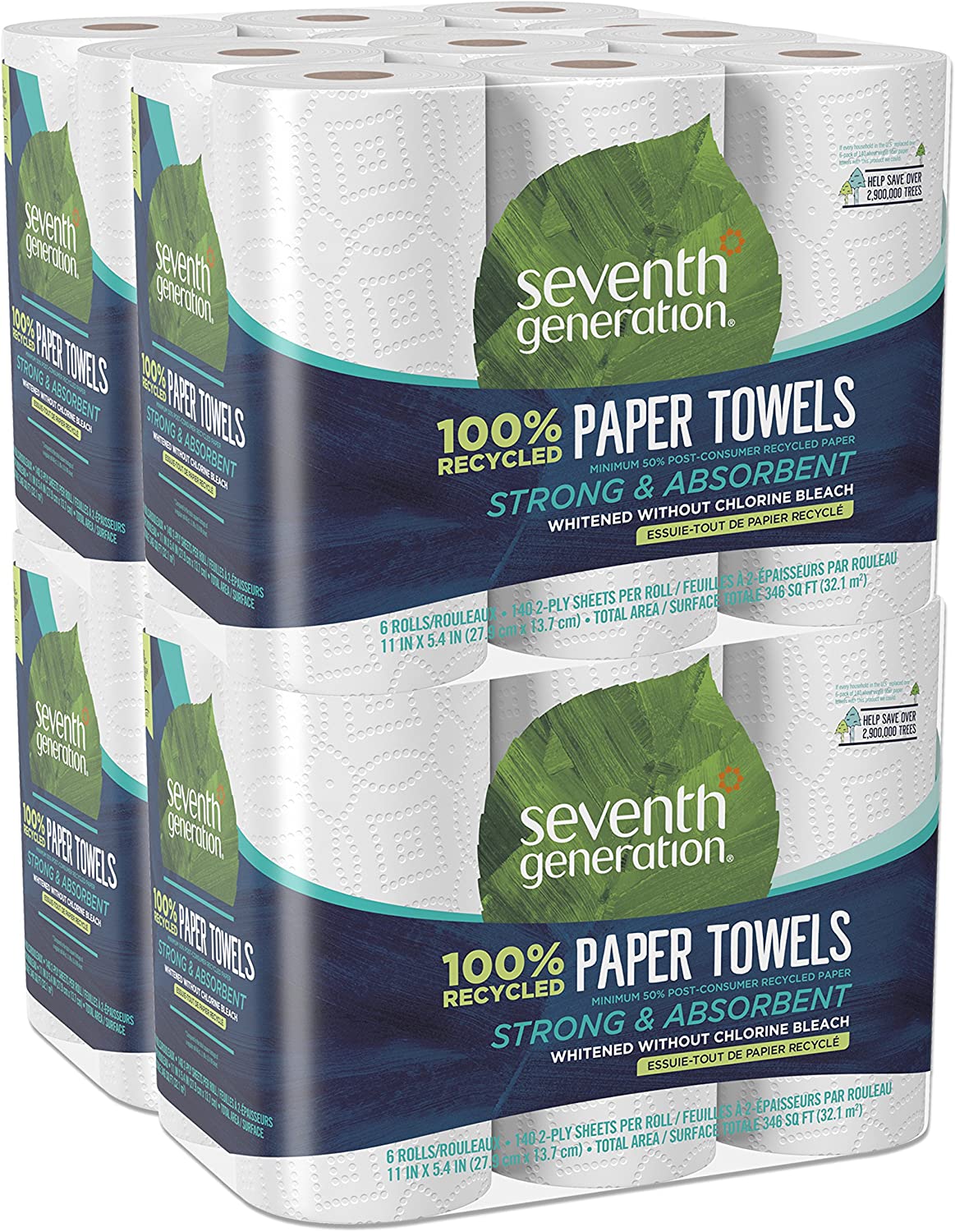
Kitchen detox: Safer trash bags
Be sure to use unscented trash bags. We use these biodegradable trash bags. These smaller biodegradable trash bags are perfect for smaller trash cans like bathroom trash cans.


Pantry items to avoid
Parchment Paper- “If you care” parchment paper is made to have the least environmental impact and lightest carbon footprint possible. Made from unbleached totally chlorine-free (TCF) greaseproof paper. Why unbleached matters. Paper, in its natural form is beige or light brown. For years people have been subjecting it to a bleaching process to create the white sheets we all know and love. However cleaning paper has the opposite effect on the environment. The most common bleaching agent, chlorine dioxide (CLO2) – occurs naturally as a component of salt, but once it separates from its natural pair it begins to cause problems. The paper bleaching process deposits chlorine in the lakes and streams where mills are most commonly located, and once there it bonds with organic matter in the form of dioxins.
Dioxins are a group of highly toxic chemicals that are thought to pose negative effects on reproductive and immune system development, as well as cause several kinds of cancers. According to the U.S. Environmental Proection Agency, there is no safe level of dioxin exposure.
The "if you care" brand also makes baking cups, coffee filters, and more.
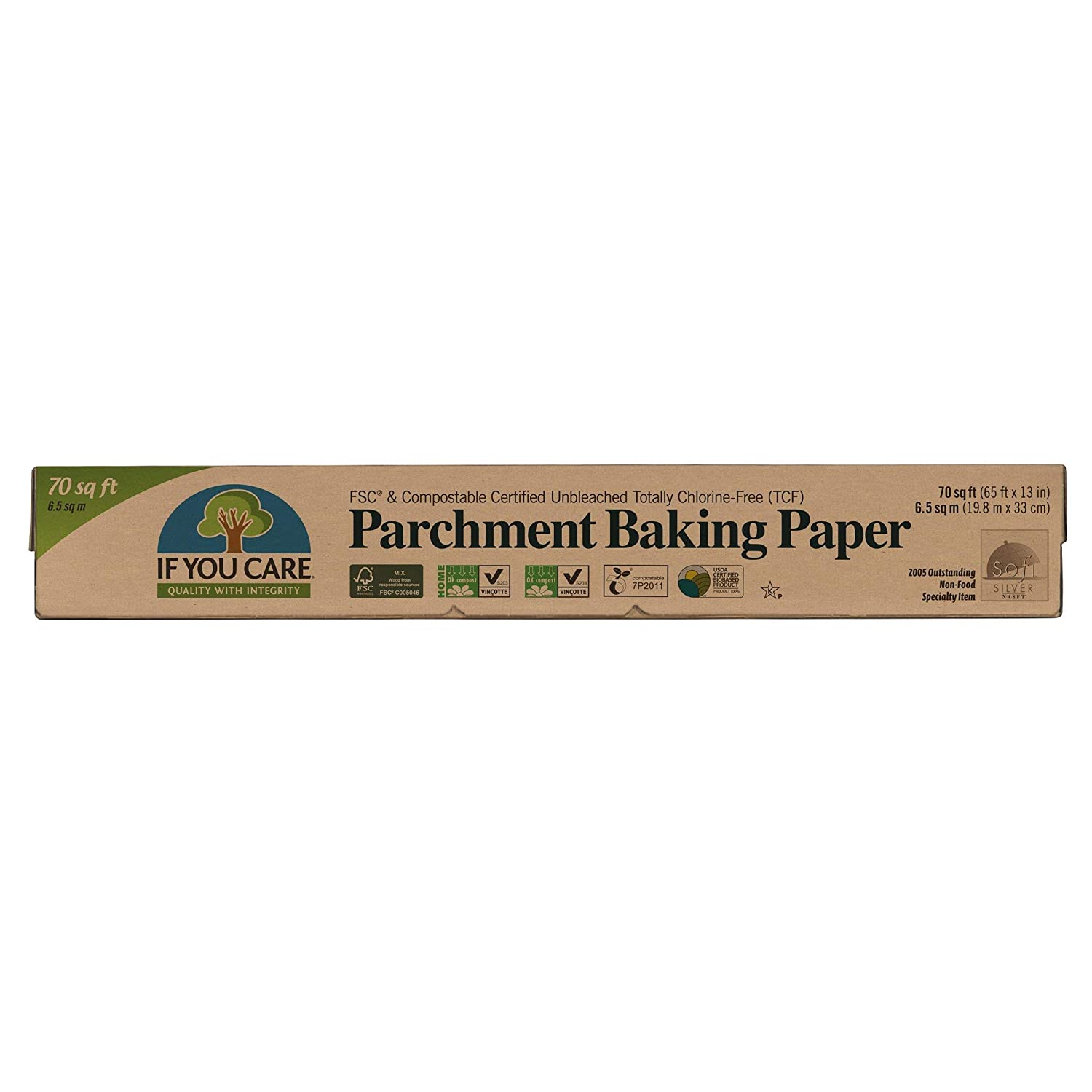
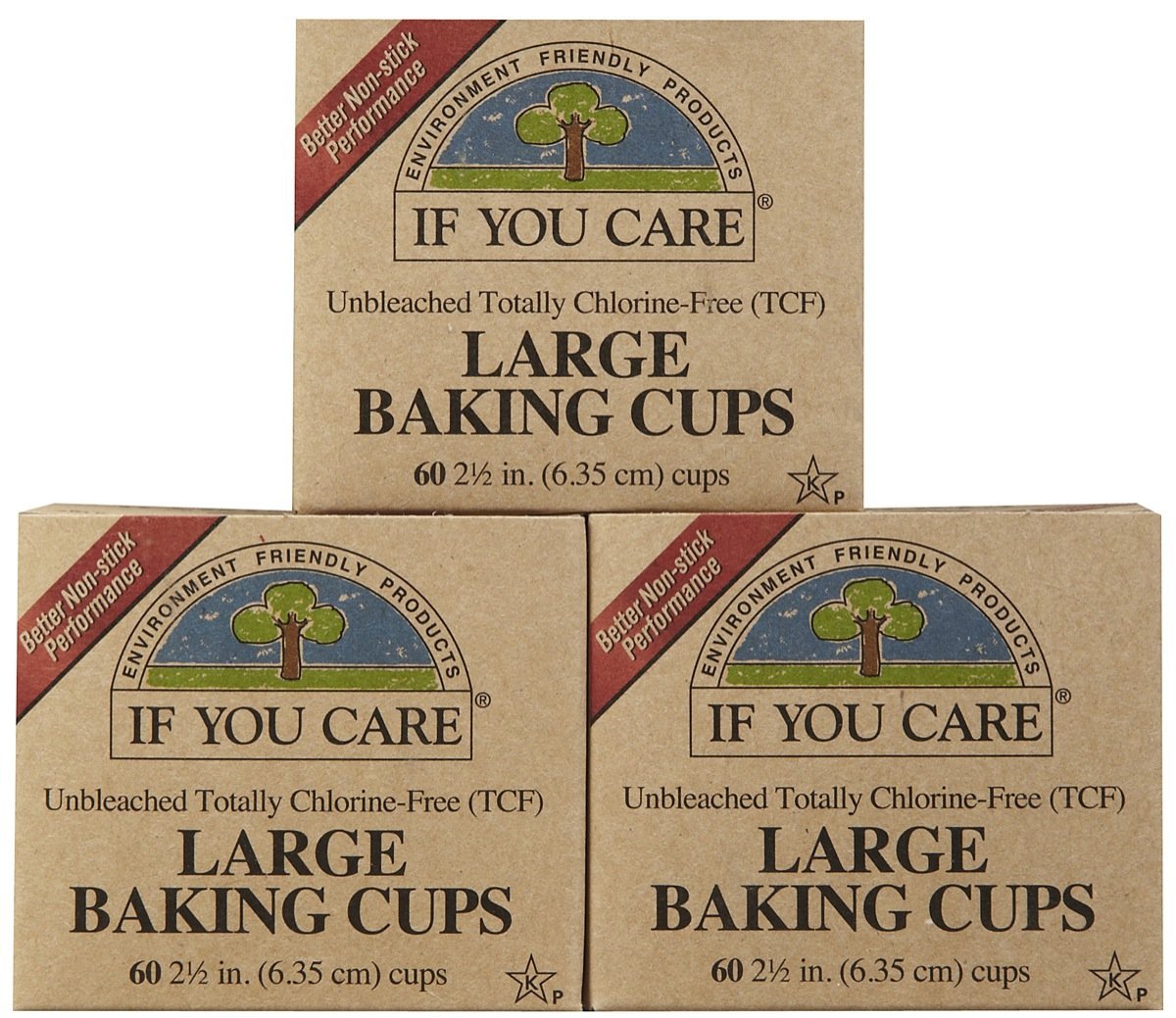
Canned food- try to avoid canned food when possible, it usually contains MSG and BPA.
Plastic food storage- we use these glass jars to store our nuts, seeds, and other pantry items.

Olive oil- try to buy olive oil in glass containers instead of plastic.
Peanut butter- We buy peanut butter in glass containers as well. The only ingredient in your peanut butter, should be peanuts (better yet, organic peanuts).
Pasta Sauce- look for a gluten free pasta sauce sauce in glass bottles. This one by Rao's is gluten free, no added sugar, and is made with imported tomatoes from Italy.
Popcorn- if you are going to make popcorn, make it the old fashion way. The possible link between microwave popcorn and cancer isn't from the popcorn itself, but from chemicals called perfluorinated compounds (PFCs) that are in the bags. PFCs resist grease, making them ideal for preventing oil from seeping through popcorn bags.
MSG- MSG is most commonly found in fast food (particularly Chinese food), canned vegetables, soups, chips and snacks foods, seasoning blends, frozen meals, processed meats, baby food (as glutamate) , infant formula, protein powder (as hydrolyzed protein or hydrolyzed soy protein), salad dressings, bottled sauces, and condiments. It is in thousands of foods and can be disguised as natural flavoring, artificial flavors, spices, or seasoning.
Many vegetarian burgers, hot dogs, sausages, and other meat alternatives contain textured vegetable protein, hydrolyzed vegetable protein, or hydrolyzed plant protein, all of which contain MSG. A few other ingredients that mean MSG: caseinate, balsamic vinegar, barley malt, malt extract, yeast extract, brewer’s yeast, corn starch, wheat starch, modified food starch, gelatin, textured protein, soy sauce, broth, bouillon, stock, and seasoning.
Why is MSG bad? According to Anthony William, Medical Medium, It weakens your central nervous system. MSG typically builds in your brain, It can cause inflammation and swelling, kill thousands of your brain cells, disrupt electrical impulses, weaken neurotransmitters, burn out neurons, and make you feel confused and anxious.
Canola oil- is mostly GMO at this point. Canola oil creates inflammation and is damaging to your digestive system. It could potentially scar the linings of both your small and large intestines and can cause irritable bowel syndrome. It feeds viruses, bacteria, fungus, and mold. Canola oil has an effect similar to battery acid on the inside of your arteries, creating significant vascular damage.
Artificial sweeteners- act as neurotoxins because they contain aspartame. This can disrupt your neurons and your central nervous system.
Aluminum- Is a toxic heavy metal, it can be found in things like hot chocolate, some dairy products, cookware (utensils or your pizza pan), and baking powder. Always be sure to check the ingredients. Two common additives that contain aluminum include sodium aluminum phosphate and sodium aluminum sulfate, which are found in self-rising flours, cheeses, and cereal flours. Also try to avoid drinking from aluminum cans.
Copper- Is a toxic heavy metal. some places you can get exposure to copper is from copper cookware, mugs, and pipes.
Water
Be sure to drink and cook with filtered water. I am not going to go into too much detail about this because my next post is going to be ALL about water. Make sure to read my next post. Subscribe below if you want to be notified when it is published.
Cleaning your kitchen
You can clean your entire kitchen using just a few Norwex products, and zero harsh chemicals.
Kitchen counter
I usually just use just an envirocloth to wipe down my counters, if you have a particularly messy job or a lot of food caked on the counter you can use the kitchen scrub cloth.

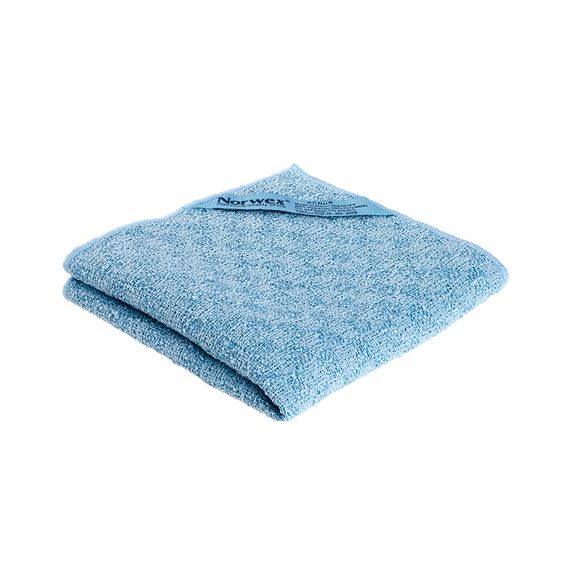
Kitchen sink
You can use an envirocloth with a little bit of cleaning paste to clean your stainless steel sink. After wiping down with the cleaning paste, rinse your cloth our and wipe the paste off. Dry with the window cloth.


Stainless steel appliances
Using an envirocloth and a little cleaning paste wipe the stainless steel appliance going with the grain. Rinse cloth and wipe off paste, dry with window cloth.
Cabinets
A wet envirocloth is perfect for wiping down your kitchen cabinets.
Stove top
An envirocloth, (or spirisponge for really tough jobs) a little cleaning paste, and a window cloth is all you need to make your stove top shine. Wipe down the stove top with with envirocloth and cleaning paste, wipe cleaning paste off, and dry with your window cloth.


Microwave and refrigerator
An envirocloth is all you need to wipe down the inside of your refrigerator and microwave.
Dishwasher detergent
Norwex's UltraZyme Dishwasher Powder has enzymes that target and dissolve grease, baked-on food and stains. Free of SLS/SLES, dyes, bleach, Ammonia, EDTA, and Phosphate.
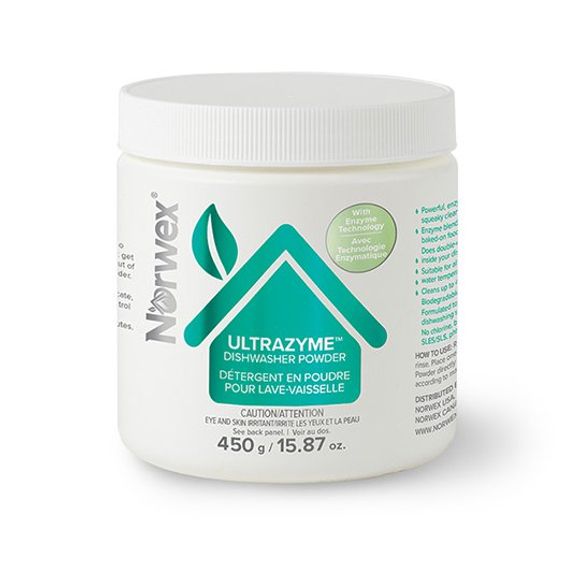
Dishwasher liquid
Norwex's Dishwashing liquid is an ultra-concentrated, natural formula made with biodegradable ingredients and free of phosphates, phthalates, SLS, SLES and dyes. Use with the dish cloth to hand wash dishes.
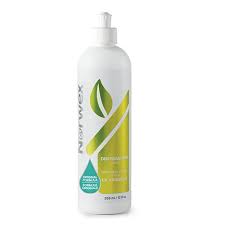
Floors
Norwex has an awesome mop system with an adjustable telescope handle. The dry mop uses static electricity to pick up more than a vacuum cleaner. Using only water, the wet mop removes up to 99% of bacteria from a surface.
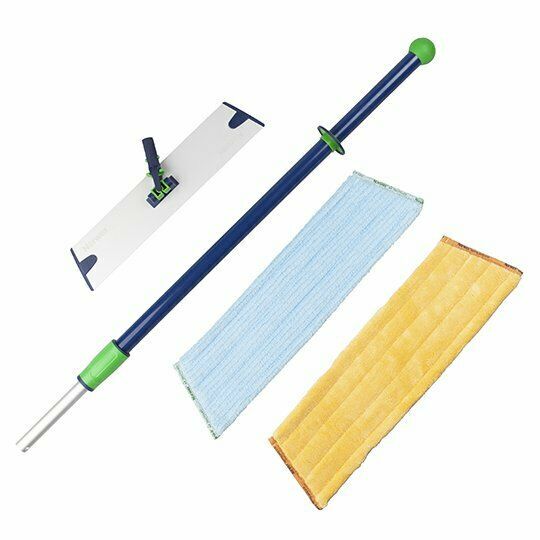
Oven
Using a spirinett or spirisponge and some cleaning paste, you can get your oven door spotless. Get the spirinnett nice and wet, put a little cleaning paste, wipe down the oven. Afterward, clean the paste off with a wet envirocloth. The video below shows a consultant cleaning a pretty dirty oven door in under 2 minutes. Always test a small area when using spitrinnett, as it could scratch some new oven doors that have a tinted glaze. In this case I would use the oven and grill cleaner with an envirocloth.
Another options is using the oven and grill cleaner. If using on a gas oven, ensure pilot light is off. Preheat oven to 100F. Turn off, apply cleaner. Close oven and allow to work for five minutes. Wipe clean with damp envirocloth. After cleaning, heat oven to 200 F for 10 minutes before cooking food.
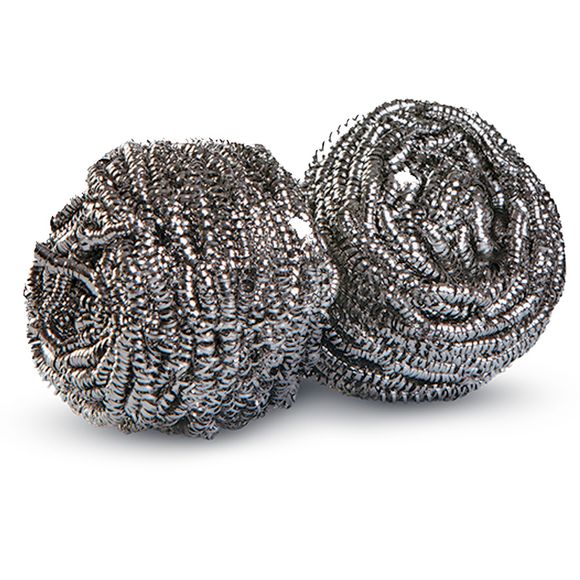

Glass kitchen table
Clean the table with the envirocloth and dry with the window cloth.
Heavy duty degreaser
Norwex's Heavy Duty Degreaser quickly breaks down and removes greasy, grimy smudges and stains in the kitchen. Pour 3 tablespoons of concentrate into 16-ounce spray bottle and fill with water. Spray on the surface and wipe clean. For stubborn messes, allow product to sit for a few minutes before wiping. Not for use on porous or unsealed surfaces.
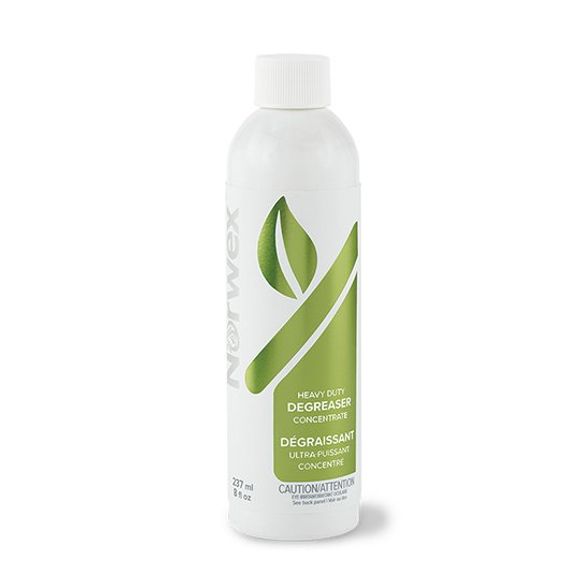
Contact me if you have any questions or need help choosing the right Norwex products for your house. Please share this post, and subscribe below if you want to get an email notification when a new post is published. You can also follow me on Facebook for more clean living tips.
